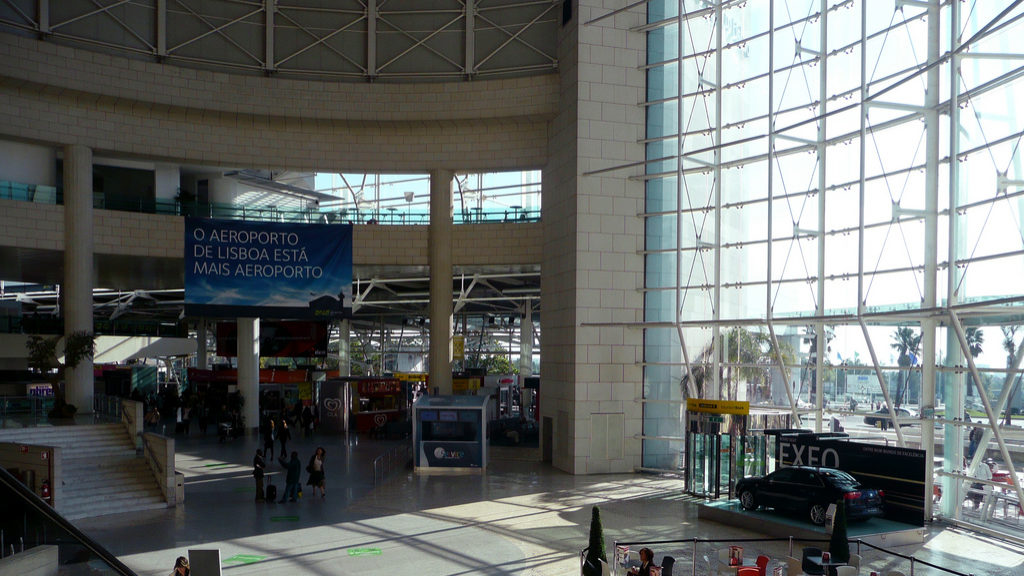Electricity prices will drop significantly in 2019. Which supplier should you choose?
2019 brings with it the largest drop in prices in the regulated electricity market, and free market suppliers are lowering their prices as well. Is it worth it changing to another supplier?
New year, new prices. In 2019, history repeats itself and usually, there are more expenses for families, with prices overall increasing, every year. However, when it comes to electricity prices, this year we bear good news. After a soft upwards shift in the electricity prices last year, this year we witness the largest price drop of the last 20 years: on average, a drop of 3.5%.
This reduction was set exclusively for the regulated electricity market, but that did not stop the free market suppliers from also following up on the trend and changing their pricing strategy: in some cases, with discounts which can represent a 6.3% price drop.
Should consumers consider comparing these new offers and changing supplier, or should they stick to their current supplier?
ECO has been trying to find a proper answer to that question, resorting to ERSE’s (the energy regulator) tariff simulator. These simulations take into account three different consumption plans: simple timescale tariff, dual tariff plans and triple tariff plans, together with a reference plan, considered by the regulator, which determines the average savings generated with the reduction of the tariffs this year.
The reference plan considers an average consumption of 2.183 kWh with a 3,45 kVA electrical output. This scheme was not considering tariffs from special partnerships or any reimbursement plans.
When it comes to these three different consumption plans, the cheapest tariffs are provided by different suppliers, and for two of those tariffs (dual tariff and simple tariff), the solutions presenting the most attractive prices are those offered by the liberalised market’s distributors. However, triple tariff plans are the cheapest in the regulated market.
As for the simple tariff, the one which does not differentiate the time when the electricity is consumed, Iberdrola is the one presenting the lowest rates. Choosing the “Plano Casa Iberdrola” represents a cost of €492.39 per year, or around €41 monthly.
Annual costs for the simple tariff plan
If we compare yearly prices, the solution that the Spanish distributor offers is €48.5 less expensive than the one provided by the regulated market distributors. Choosing the regulated market distributors would mean a yearly cost of €530.86 per year, which is above any of the rates presented by the liberalised market distributors.
The lowest prices for the simple tariff distributed by EDP Comercial costs around €526.98 per year, and it is on the ranking of the cheapest ones, coming fourth. Gold Energy’s “Monoelectrico+Cliente” plan is the second cheapest one and it costs €511.69.
Costs for the dual tariff plan
Gold Energy is also in the spotlight for offering the cheapest dual tariff prices, in a simulation which considered a 40% consumption rate. Opting for their “Monoelectrico+Cliente” plan means that your annual bills will cost you €504.46 (much lower than their offer for the simple tariff plan).
YLCE, a low-cost commercialization brand owned by Enforsesco, has the second cheapest dual tariff prices (€518.93).
Any of these options are much lower than those offered by the regulated market, which comes in fourth place, with an option which is 19 euros more expensive than the dual tariff from Gold Energy. EDP Comercial owns 81% of the free market quota, and yet it does not appear on the top five cheapest options, even though they decided to decrease electricity prices by 3.5% following up on the rates set by ERSE for the regulated market.
Annual costs with the triple tariff plan
For those whose electricity consumption habits are more of a match with triple tariff plans, the outlook changes completely. For a client of a liberalized market distributor, returning to the regulated market will always be more beneficial.
Considering a 40% consumption in the off-peak period, and a 60% consumption shared between the other two peaks (prime time and peak times), the annual billing would rise to €539, way below any of the prices offered by the liberalized market distributors, accounting for €54.5 in savings per year.
The plan “Plano PT Live Casa”, offered by ptLive, costs up to €593.72 yearly, and EDP Comercial’s plan, the third cheapest among all the triple tariff offers, will cost per year €597.09.
It is also possible to do your own price simulations on ERSE’s website.




